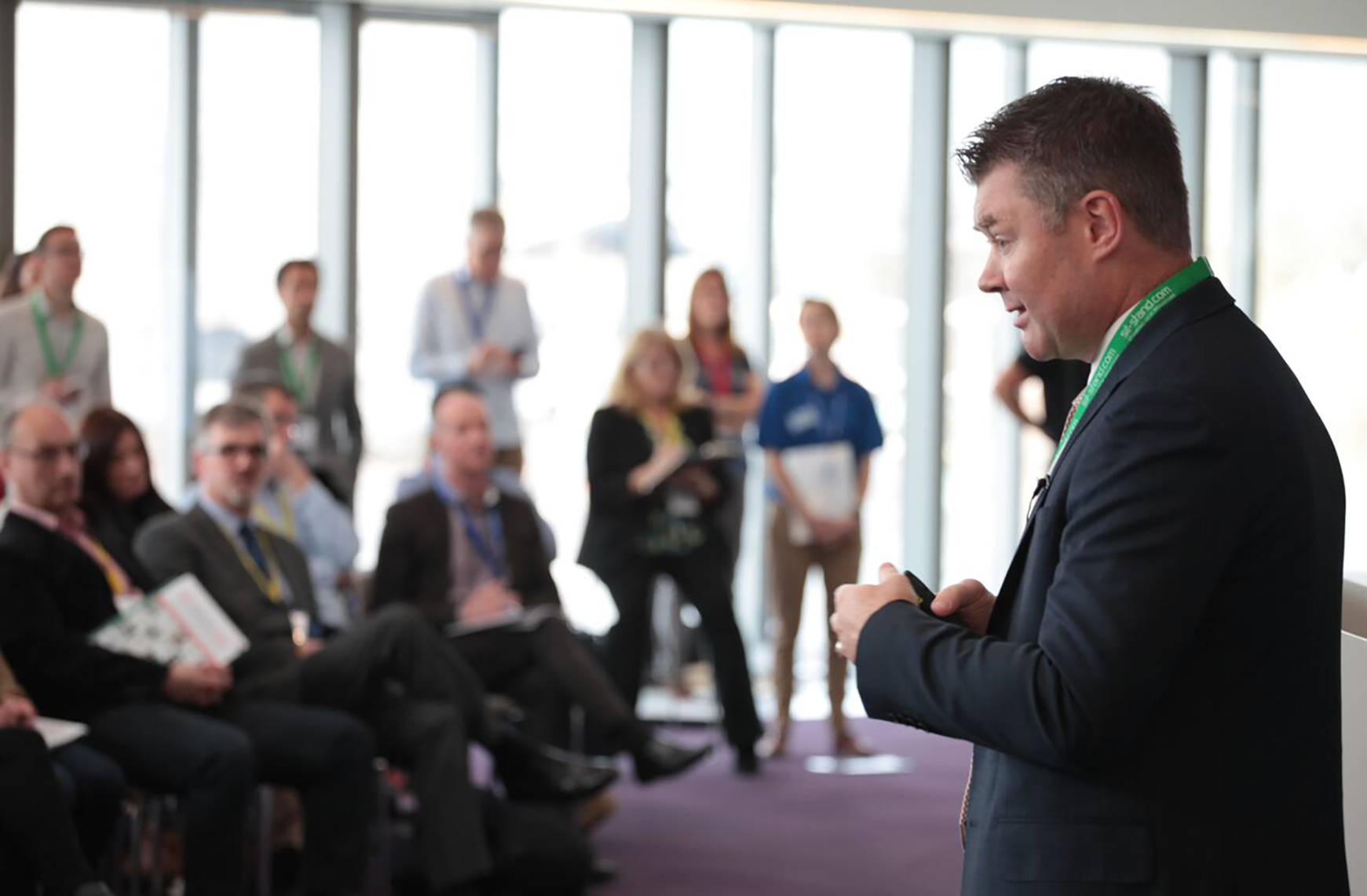
MoveMore Blog
The latest in workplace wellness

Why Caring About Your Office Workers’ Health is Good Business
Now in its third year of existence, Active Working Summit, held last week in London, UK, was attended by public health experts, opinion leaders, researchers and decision makers responsible for wellness, productivity and engagement of office workers. The event speakers were both engaging and informative, with a clear message ringing consistently throughout the day: we have a ticking time bomb of health issues being created by the way that office workers carry out their work each day. Yet, worryingly, as the speakers at the Active Working Summit explained, the issue is not gaining the attention it requires and therefore the right actions are not being taken. Here are the five key takeaways from the event.
Health and wellbeing remains on the periphery of company priorities when it should be at the heart of business strategy
Dame Carol Black, adviser on Health and Work to Public Health England and NHS England, argued that organisations are failing to take the issue of health and wellbeing in the workplace seriously enough. Her view was that it cannot be regarded an ‘add-on’ and there must be a ‘total worker’ health approach by moving health and wellbeing into the very fabric of the organisation. Her message was a strategic one for businesses therefore: ‘embedment, not add-on’. So, attitudes need to change and senior executives need to show leadership in facilitating this change.
Investment in health and wellbeing at work makes business sense and can be measured
But if Dame Black argued that not enough is being done for workplace wellbeing, Dr Michael Brannan, Deputy National lead for adult health and wellbeing, Public Health England, emphasised the commercial common sense of investing in health and wellbeing at work. He explained that as the UK has some of the longest working hours in Europe with 60% of waking hours spent at work, it isn’t an option to not focus on health at work. But more importantly, from a commercial perspective, he told the audience that for every £2 spent on the health and wellbeing of employees, there’s a return of £34.
Simple solutions can drive quick results
The average UK office worker sits 10 hours each day, with almost 70% of sitting taking place at work and 73 per cent only leaving their desk for toilet or tea breaks, per a shocking new study. Growing scientific evidence continues to draw our attention to multiple health risks (including cardiovascular disease, Type 2 diabetes, certain cancers and mental health) associated with excessive and prolonged sitting. All the speakers verified that the simple process of standing more often could therefore yield dramatic improvements in the health of the average office worker. The goal for an average day was to accumulate two hours of standing throughout day with the goal, eventually of four hours.
Wearable technology is not the only answer
Dr Dunstan also discussed the benefits that the huge expansion in wearable technology usage has brought; in particular, the awareness of need to be more active and better understanding of how to measure activity. But he was also quick to add a note of caution stressing that such devices tend to drive users towards focusing on the vigorous activity side, but don’t help break up long periods of sitting. This conclusion is what led Dr Dunstan to play a part in the development of the ‘Rise and Recharge’ app which is aimed at solving the issue of interrupting prolonged sitting, which is both the real danger but also a simple thing to fix.
Culture is all important in driving change
Time and again during the day the speakers referenced the pernicious culture that exists in offices where a person’s productivity is linked to the time they are at their desk. The point was made that we need to turn the tables and rather than ask ‘why aren’t you at your desk?’ to ‘why are you always at your desk?’ Breaking this culture is hard though. As Dr. James Levine pointed out; while it’s okay to be seen to be going to the gym, if you stand up at work (perhaps with a sit-stand workstation), you are seen as ‘just a bit weird!’
In short, change needs to start at the proverbial top. Business leaders need to take a stand here themselves—by providing tools and products that will change the habit of sitting for so long and encourage attitudes to change by changing their own behaviours.
Relevant Posts
Stay in the know
Sign up and get the latest and greatest content from JustStand's MoveMore blog.